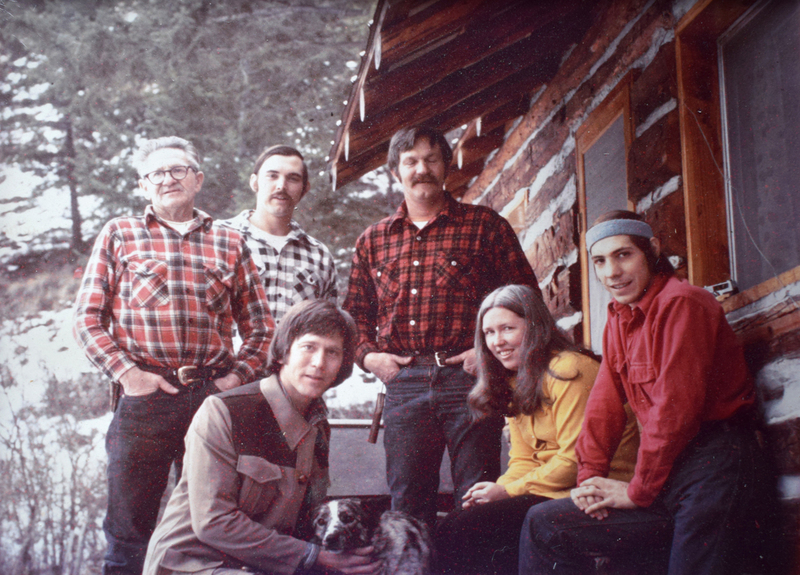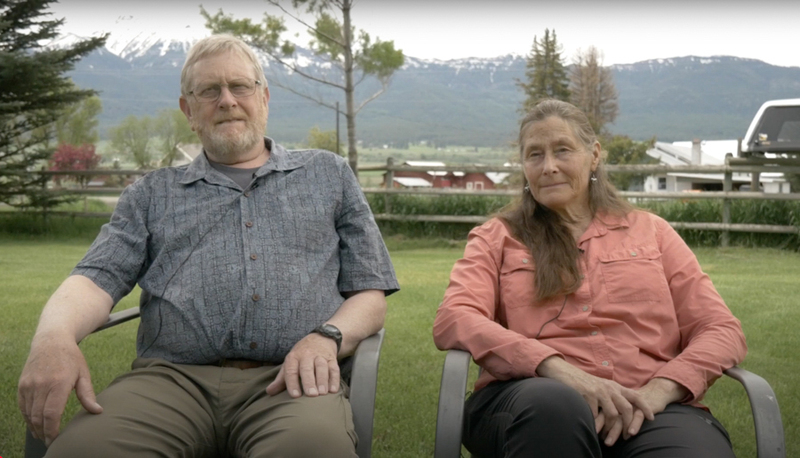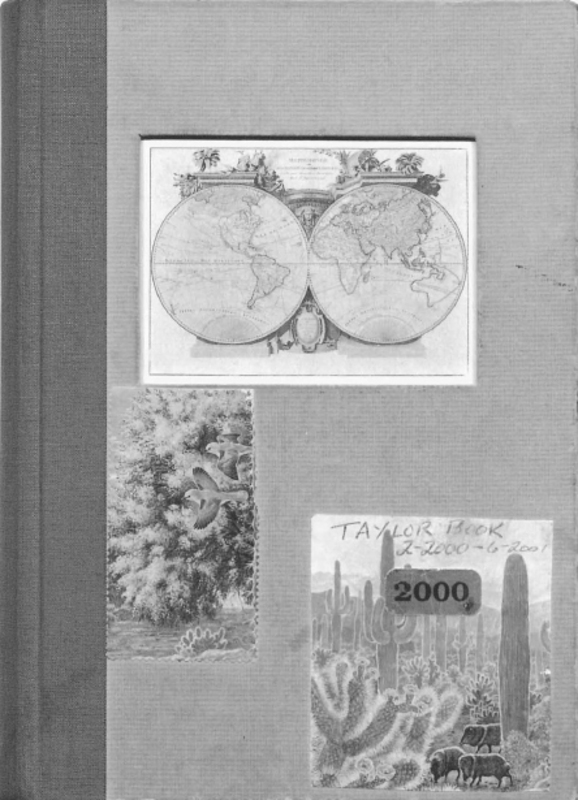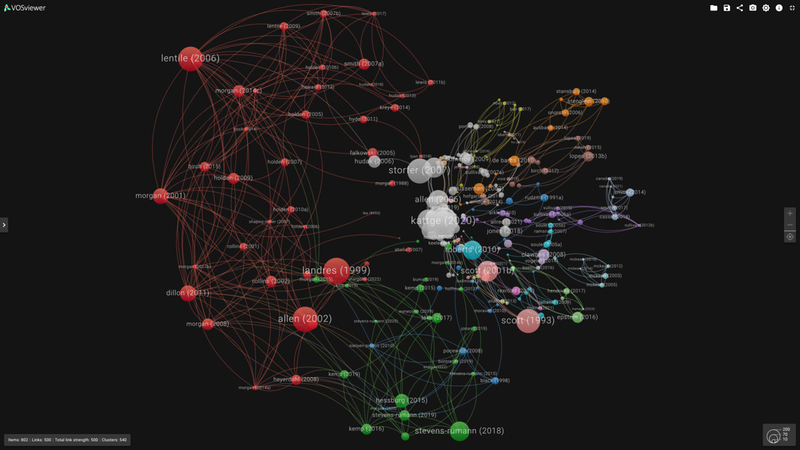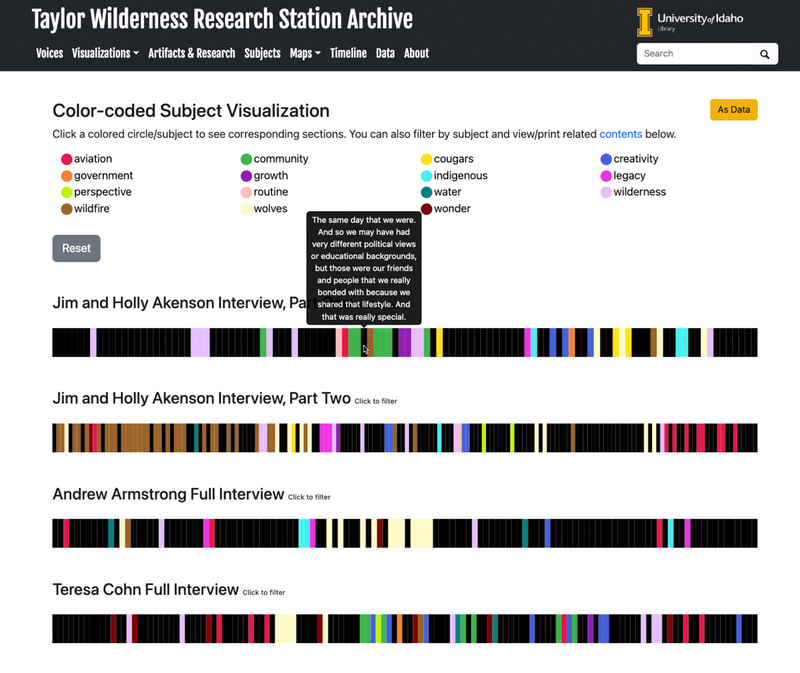The Taylor Wilderness Research Station Archive is an expansive effort. The single collection represents an extensive organizational archive of internal documents and scientific research, an oral history initiative and a pre-existing digital collection. The site is designed both for patrons who are educated in life sciences and patrons who are completely unfamiliar with the station or science in general. This collection is the result of over two years of dedicated effort–spanning two fellowship projects, the contributions of many student workers digitizing and creating metadata, and months of work designing features to add context to this scientific material.
The Taylor Wilderness Research Station, nestled in central Idaho’s Frank Church-River of No Return Wilderness, has been a vital research hub since the University acquired it in 1970. Accessible only by plane or hiking, it supports wildlife surveys, rangeland monitoring, and climatology amid over two million acres of protected wilderness.
A few years ago, the Center for Digital Inquiry and Learning (CDIL) was contacted by managers of the station who requested we digitize around 20,000 at-risk documents. The material was wide ranging, consisting of correspondences, memos and reports as well as hundreds of research papers that were the result of academic residencies at the station. Taylor management wanted to retain the physical documents, so the collection was never formally processed by our Special Collections department, leading to extended vetting for duplicates, copyright protected material and documents containing personal information.
In a separate project, also before my time at the university, CDIL Fellowship recipient and PhD candidate Jack Kredell visited the people involved in the management and maintenance of the station on-location as well as other spots in Idaho and Washington. In Kredell’s words:
“The oral history project explores both the social and ecological dimensions of Taylor Wilderness Research Station through recorded interviews with past and present researchers, teachers, station managers, and students” with interviews focused on uncovering often-ignored social and experiential content behind scientific pursuit, offering a narrative index of social-ecological change within a wilderness environment.”
This project, led by Devin Becker, Associate Dean Research and Instruction for the library, envisioned a collection combining these two resources that would not only give access to all of the scientific research that came out of the station but also provide interpretive material that would help visitors better understand the historic, human and geographic context of the institution. Late into the two year process of creating this collection, we realized that another fellowship project would be more intuitive if it were integrated. This was a small collection of nine digitized log books from the station with extensive summaries of their contents.
Starting as the Digital Initiatives Librarian in the fall of 2023, this was the first collection I truly focused on–and it remains the most complex. The work has ranged from granular tasks like mapping and standardizing metadata to broader efforts such as using scholarly data for bibliometric visualizations. It also included creating 3D tours of the remote landscape with Google Earth Studio and refining our oral history player interface for better accessibility.
On the back end, the project led to the development of Python tools that streamlined metadata management. One tool allows for quick comparisons of metadata file changes over time–a major advantage for long-term projects. Another scans batches of PDF files for patterns of personally identifying information, such as phone numbers (##-###-####) and Social Security numbers (###-##-####). This latter tool was crucial for sifting through roughly 15,000 documents, where an internship application might be buried between 15 pages of an early research paper draft. Sincere thanks to Digital Projects Manager Maryelizabeth Koepele for their dedicated work in identifying and resolving these issues as they emerged.
One of my key goals has been to highlight the magnitude of scholarly work produced at this remote station since 1970–both in its fine details and broader impact. Just as importantly, I hope this project captures the human experience of those who conducted this research and those who maintained the spaces that made it all possible.


